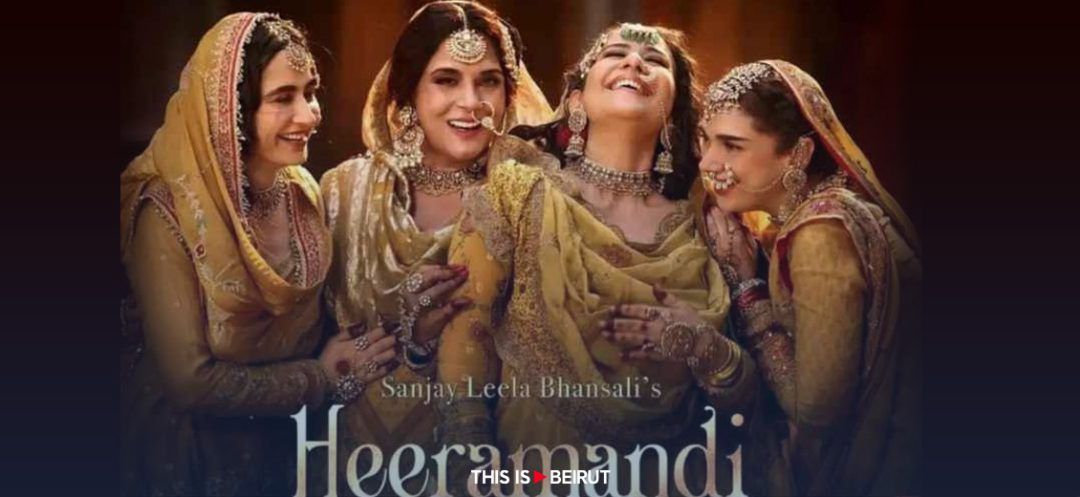
The Netflix series Heeramandi reignited interest in Pakistan’s historical red-light district, but the show’s glamorous portrayal starkly contrasts with the harsh realities faced by modern-day sex workers.
Netflix’s latest hit series, Heeramandi, captivated audiences with its dazzling depiction of courtesans in 1940s Lahore, Pakistan. The show, subtitled The Diamond Bazaar, portrays the opulent lives of these women as they navigate the complex world of politics, art and romance against the backdrop of India’s struggle for independence. However, the series also sparked a debate about the accuracy of its representation and the impact it may have on the perception of sex work in modern Pakistan.
Set in the once-renowned red-light district of Heera Mandi, the show paints a picture of courtesans as influential figures, consorting with aristocrats and forging powerful alliances. The series’ Bollywood-style glamour attracted millions of views and sparked a flurry of interest on social media, with influencers dressing up in traditional costumes and recreating iconic scenes from the show.
However, the reality of life in present-day Heera Mandi is a far cry from the glittering world portrayed in Heeramandi. Former sex worker Shagufta, who began working in the district at the age of 12, scoffs at the show’s depiction. “This is not what Heera Mandi is like,” she says, using a pseudonym to protect her identity. “Now the girls just put their bodies on display. There is nothing left in Heera Mandi.”
While courtesans did command respect for their artistry in dance and music during the Mughal period, the show’s portrayal of their wealth and influence in the British-ruled era is seen as an exaggeration by some. The once-grand brothels have been replaced by shops selling shoes and musical instruments, their crumbling facades framing filthy alleyways.
The debate surrounding Heeramandi centers on whether the show is breaking down barriers around sexuality in deeply conservative Pakistan or simply compounding them with titillation. Cultural researcher Ar. Naveen Zaman sees the renewed attention on Heera Mandi as a positive step towards reviving an uncomfortable history. “People are once again talking about the tawaif culture,” he says. “They are starting researching about these topics which were considered taboo in the past years.”
However, for modern-day sex workers like 38-year-old Noor, the series does little to wash away the stigma associated with their profession. Unlike the courtesans in the show, who are portrayed as artists and etiquette experts, sex work in present-day Pakistan is a raw and dispiriting business. Forced into the trade as a child to support her family, Noor faces ostracism even from her own relatives.
Classical Indian dancer Manjari Chaturvedi, who has been working to reclaim the storied culture of courtesans for 15 years, sees Heeramandi as a missed opportunity. “The saddest thing that a cinema like this does is it again brings sexuality into the foreground rather than the art, and again it brings the same stigma,” she says.
As the debate surrounding Heeramandi continues, it is clear that the series touched a nerve in Pakistani society. While the show’s glamorous portrayal of courtesans captured the imagination of audiences, it also highlighted the stark contrast between the romanticized past and the grim realities faced by modern-day sex workers. As Pakistan grapples with its complex history and the ongoing stigmatization of sex work, Heeramandi serves as a reminder of the need for a more nuanced and empathetic understanding of this marginalized community.
With AFP
Read more




Comments